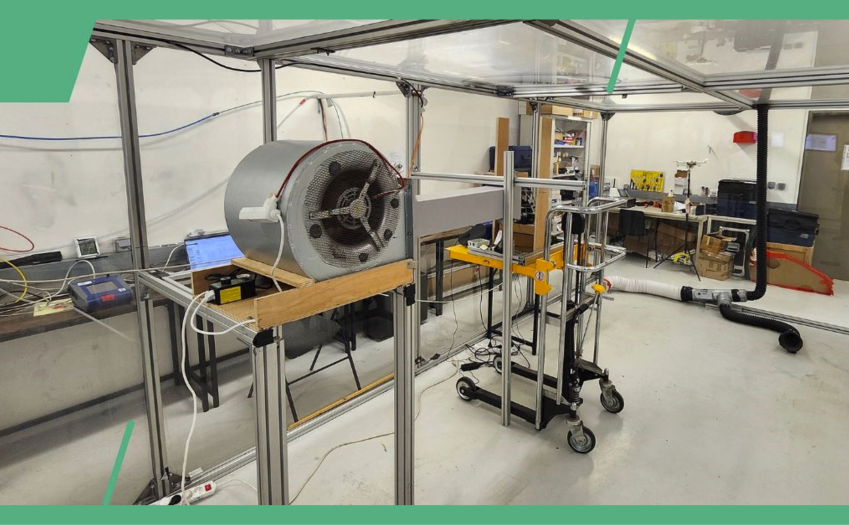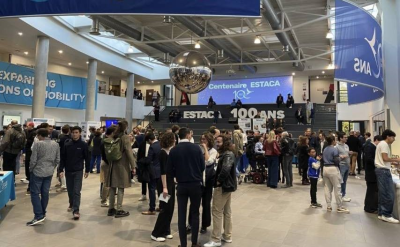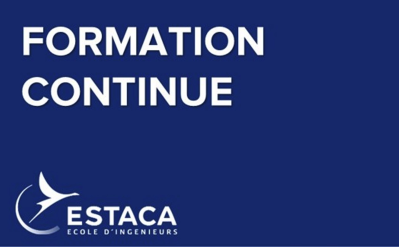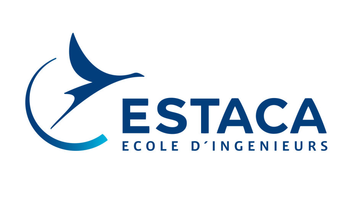News

Research: Air quality
ESTACA's Air Quality team was commissioned by ADEME (Agence de l'Environnement et de la Maitrise de l'Energie) to quantify pollutant emissions from ships and study technical solutions to reduce them.Environnement et de la Maitrise de l'Energie) in 2022, to quantify ship emissions and study technical solutions for reducing them. The aim is to help shipowners limit atmospheric emissions, linked to the development of maritime traffic, in marine ecosystems and ports. The results obtained show that ships equipped with liquefied natural gas (LNG) engines provide a positive response, producing fewer greenhouse gas emissions than previously thought.
A study carried out as part of a project funded by ADEME (the French Environment and Energy Management Agency)
Since September 2019, the team led by Benoît Sagot, a teacher-researcher in ESTACA's Air Quality and Pollution Control division, has been applying a fine particle measurement methodology implemented in other areas of transport to ships. Various solutions for reducing pollutant emissions have been evaluated on ships belonging to different shipping companies. The EMINAV project, funded by the French Environment and Energy Management Agency (ADEME), aimed to assess as comprehensively as possible the gaseous and particulate pollutant emissions associated with shipping. The study was carried out on two types of engine: conventional marine diesel engines without pollution control systems, and engines running on liquefied natural gas (LNG). On Brittany Ferries' Salamanca vessel, two test campaigns were carried out to quantify unburnt methane emissions in the exhaust system, which remains an area for improvement for these engines, as methane is a powerful greenhouse gas. By analyzing engine loads over a full year, the study showed that emissions of unburned methane (methane slip), emitted by LNG engines, are almost 50% lower than the default values set out in European regulations on ship emissions. This is linked to relatively low engine emission levels, and above all to the operational profile of the vessel, which makes long crossings between France, Ireland and Spain, with relatively short port approach phases.
Results hailed by Brittany Ferries
The study, recently published on the ADEME website, was the subject of an article in the Journal of Marine Science and Engineering. It is based on direct measurements carried out on the Brittany Ferries vessel Salamanca. It concludes that the average annual methane slip rate is 1.57%, well below the default regulatory values (up to 3.5%). These results are welcomed by Brittany Ferries, which is committed to finding solutions to reduce pollution from its ships.
"We fully support the principle of environmental responsibility. The scientific data available to us today show that actual emissions from our LNG ships are significantly lower than expected. This should logically be taken into account in our regulatory declarations. We see these results as a solid basis for providing European and international regulators with appropriate methodological tools," says Christophe Mathieu, Managing Director of Brittany Ferries.
This study has also been noticed by the press, such as Le Marin , which recently interviewed Benoit Sagot.
















No comment
Log in to post comment. Log in.